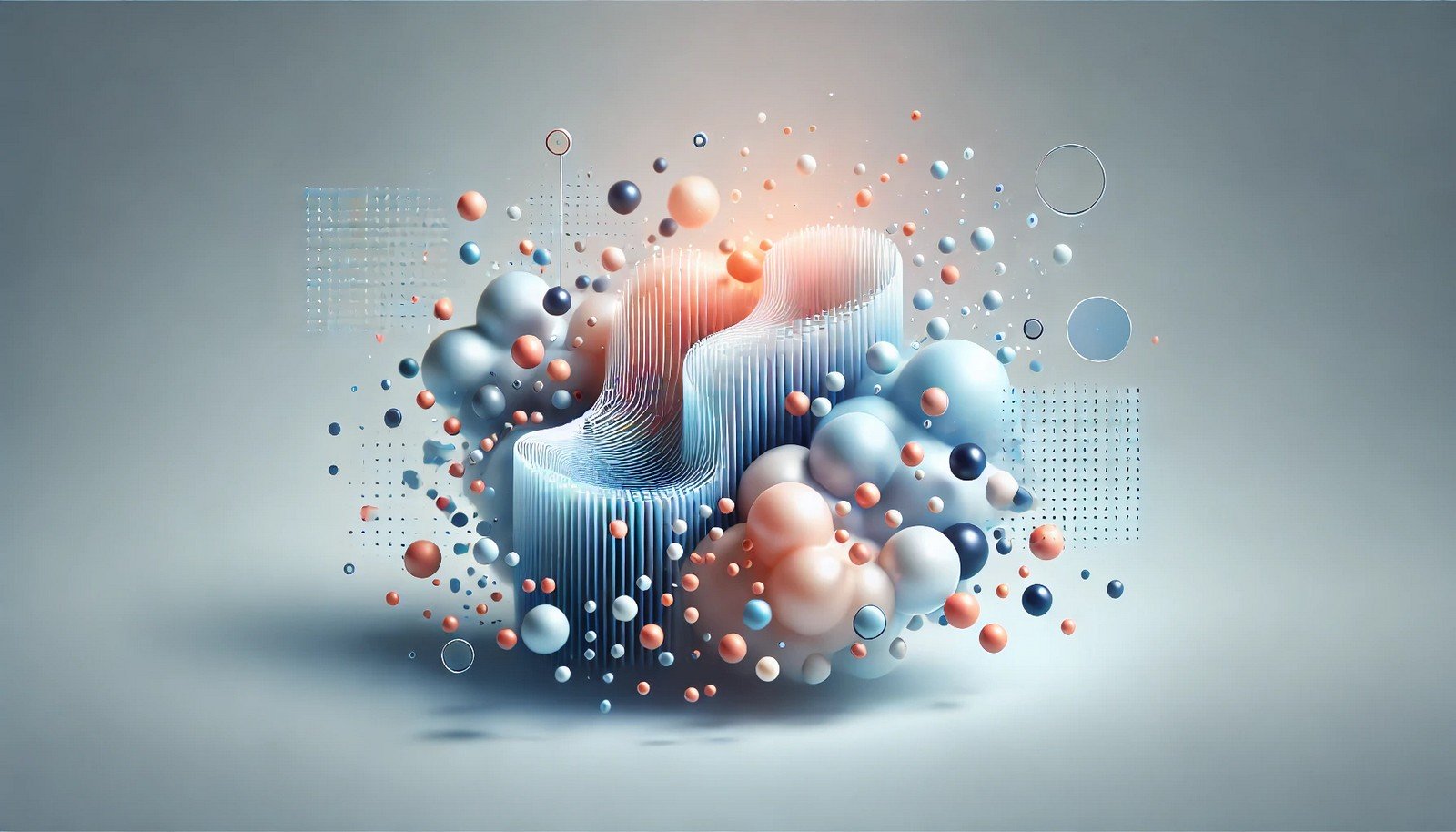Mixup Data Augmentation

Quick Navigation:
- Mixup Data Augmentation Definition
- Mixup Data Augmentation Explained Easy
- Mixup Data Augmentation Origin
- Mixup Data Augmentation Etymology
- Mixup Data Augmentation Usage Trends
- Mixup Data Augmentation Usage
- Mixup Data Augmentation Examples in Context
- Mixup Data Augmentation FAQ
- Mixup Data Augmentation Related Words
Mixup Data Augmentation Definition
Mixup Data Augmentation is a technique in machine learning that generates new training examples by combining pairs of data points and their labels. In this method, a new data point is created by taking a linear interpolation of two original data points, along with their associated labels. This approach aims to improve the model's robustness by exposing it to a richer variety of data patterns, especially those that are atypical or challenging. Mixup has shown to reduce overfitting and improve generalization, making models more resilient to noise in real-world data.
Mixup Data Augmentation Explained Easy
Imagine you’re mixing colors with paint. By combining blue and yellow, you get green. Mixup works similarly: it blends two data pieces and their “answers” to create a new, blended example. This way, the AI gets used to seeing mixed-up versions of what it's learning, which helps it make better decisions when it sees something new.
Mixup Data Augmentation Origin
Mixup was introduced in 2018 by researchers to address limitations in standard data augmentation techniques. Initially designed for image classification tasks, Mixup has been adapted for various types of data, becoming a common tool for improving neural network performance.
Mixup Data Augmentation Etymology
The term "Mixup" directly refers to the method's core concept: combining or "mixing up" data and labels to produce augmented training examples.
Mixup Data Augmentation Usage Trends
Since its introduction, Mixup Data Augmentation has gained traction, particularly in computer vision, speech recognition, and natural language processing. Its ability to improve robustness has led to its adoption in AI research and industries, where enhancing model reliability under diverse conditions is a priority.
Mixup Data Augmentation Usage
- Formal/Technical Tagging:
- Data Augmentation
- Machine Learning
- Deep Learning
- Neural Networks - Typical Collocations:
- "Mixup technique"
- "data augmentation with Mixup"
- "Mixup training examples"
- "robust training using Mixup"
Mixup Data Augmentation Examples in Context
- In image recognition, Mixup creates blended images, helping the model learn to generalize better across varied scenes.
- For audio processing, Mixup combines sound clips, which improves the AI’s recognition of overlapping sounds.
- Text-based applications use Mixup to create unique word blends, enhancing a model’s understanding of language patterns.
Mixup Data Augmentation FAQ
- What is Mixup Data Augmentation?
It’s a method of creating synthetic data samples by combining pairs of data and labels. - How does Mixup help AI models?
Mixup improves model generalization and robustness by introducing varied training samples. - What are common uses of Mixup?
Primarily used in image, audio, and text processing tasks to enhance model performance. - Who invented Mixup?
Mixup was introduced by researchers in 2018 as a solution to data augmentation limitations. - Is Mixup applicable to all data types?
While initially developed for images, it has been adapted for text and audio data too. - Does Mixup prevent overfitting?
Yes, by introducing varied data, Mixup helps reduce overfitting in models. - How does Mixup differ from other augmentation methods?
It blends inputs and labels, unlike traditional methods that only alter inputs. - Does Mixup work with real-time applications?
Mixup can be used in real-time systems with optimized implementation, though it can increase computational demands. - Is Mixup compatible with all neural network types?
Yes, Mixup can be applied broadly but may need adjustments based on the model architecture. - What are the limitations of Mixup?
It can be computationally intensive and might reduce interpretability of outputs in some cases.
Mixup Data Augmentation Related Words
- Categories/Topics:
- Data Augmentation
- Machine Learning
- AI Robustness
- Generalization
- Neural Networks
Did you know?
Mixup was inspired by challenges in making models resilient against adversarial attacks. By blending data and labels, Mixup trains models to recognize subtle patterns in noisy or atypical inputs, reducing vulnerability to manipulated inputs and improving prediction accuracy under real-world conditions.
PicDictionary.com is an online dictionary in pictures. If you have questions or suggestions, please reach out to us on WhatsApp or Twitter.Authors | Arjun Vishnu | @ArjunAndVishnu

I am Vishnu. I like AI, Linux, Single Board Computers, and Cloud Computing. I create the web & video content, and I also write for popular websites.
My younger brother, Arjun handles image & video editing. Together, we run a YouTube Channel that's focused on reviewing gadgets and explaining technology.



Comments powered by CComment